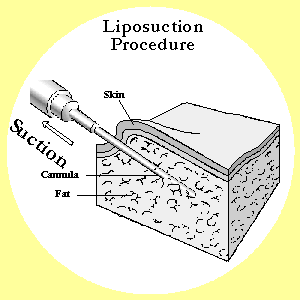Companies offering mutual funds pool cash investments from individuals and organizations to purchase a portfolio of stocks, bonds and other securities. The securities are expected to appreciate in market value and otherwise produce income for the mutual funds. Thus, investors, as part owners of the portfolio, expect to receive financial gains as the funds' assets become increasingly valuable. If you invest $1000 in a mutual fund with a portfolio worth $100,000, you own one percent of that portfolio. Investors in no load funds are not charged sales commissions when they buy into or sell out of funds. Investors in load funds generally pay commissions of tow to eight percent.
other securities. The securities are expected to appreciate in market value and otherwise produce income for the mutual funds. Thus, investors, as part owners of the portfolio, expect to receive financial gains as the funds' assets become increasingly valuable. If you invest $1000 in a mutual fund with a portfolio worth $100,000, you own one percent of that portfolio. Investors in no load funds are not charged sales commissions when they buy into or sell out of funds. Investors in load funds generally pay commissions of tow to eight percent.
The total assets invested in U.S. mutual funds grew significantly every year from 1991-2000 to a total of $7 trillion with the economic down turn and reports of corporate scandals by mid 2002, before recovering to $7.5 trillion in 2004. Investors find mutual funds so attractive because it is easy to find one that needs any chosen financial objective and it is easy to open an account by email or phone. Remember, first of all, that the funds vary in their investment goals. Different funds are designed to appeal to the different motives and goals of investors.
Funds stressing safety include money market mutual funds and other funds that preserve capital for and reliably pay current income to fund holders. These funds seek only modest growth with little fluctuation in principle value regardless of economic conditions. An example is the short term bond fund offered by T. Rowe Price investment services. The fund's assets are mainly low risk, U.S. corporate bonds, U.S. government bonds, and other safe short term securities that provide stable income from interest and dividends.
The bonds have short term maturities one quarter of them will mature within one year while most of the remainder will mature in one to five years. Thus avoiding longer term risk the bonds also have attractive ratings: 60 percent are rated as high grade, while 40 percent are investment grade for safety of principal. Since it began in 1984, the fund has averaged 6.75 percent annual return on investment.
Investors seeking higher returns from income and capital appreciation must generally sacrifice some safety. Typically, these people look to funds that hold long term municipal bonds, corporate bonds, and common stocks with good dividend paying records and potential for market appreciation. Mutual funds that stress preservation of capital, current income and capital appreciation are called balanced funds. An example is the balanced fund offered by T. Rowe Price.
Sixty percent of the fund's assets are apportioned to common stocks for potential market growth in diverse industries, ranging from utilities to health care to energy. Fixed income securities for steady income, comprise forty percent of assets. This growth and income combination provides a conservative stock market falls. Balanced funds, as compared with other mutual funds, are regarded as moderate risk and moderate return investments. Since it began in 1939, Price's balanced funds are averaged at 10.11 percent annual return on investment.
James T Monaghan is an investment advisor with 20 years of experience in investments. He is particularly interested in municipal bond funds and helping people learn to invest money.
Article Source: http://EzineArticles.com/?expert=James_T_Monaghan
 Liposuction surgery is usually a last resort. If you can lose weight naturally, then there really is no need to undergo this surgical procedure. However, in certain cases where the patient is medically unable to lose the weight or the weight poses an immediate health risk, liposuction may be unavoidable. It is a costly procedure and painful, although new techniques using smaller cannulae have cut down on the pain and side effects generally associated with this procedure.
Liposuction surgery is usually a last resort. If you can lose weight naturally, then there really is no need to undergo this surgical procedure. However, in certain cases where the patient is medically unable to lose the weight or the weight poses an immediate health risk, liposuction may be unavoidable. It is a costly procedure and painful, although new techniques using smaller cannulae have cut down on the pain and side effects generally associated with this procedure.